Elisa* was managing director of a philanthropic organisation to support isolated families in complex situations of financial poverty in her locality. She had reached a point where she had a purpose, a vision, a mission, a playbook and a roadmap. She was surrounded by a board, supporters, loads of identified service users.
The full suitcase.
She wanted to raise more funds but things didn’t seem to take off. The pace was sluggish.
And her feelings started to change. She felt a bit of resentment, and some days, the dreaded imposter syndrome. Some anger too.
There certainly was a gap between her ability to share the value she was bringing on the table and the perception prospective donors had of her. Or the way she “thought” they perceived her.
The gap was fluctuating. On some days, she felt she wouldn’t be able to fulfill her promise. On others, reassuring comments from partners led her to think she was on her way.
Elisa had forgotten to do one thing:
She had forgotten to take off The Cement Coat

In the Scandinavian TV series, The Bridge, actress Sofia Helin plays Saga Norén, lead homicide detective in Malmö, Sweden. Saga also lives with Aspergers’ syndrome and is a survivor of a traumatic past. Interestingly, the actress says that when playing her character she feels she wears a coat of stress, and rigidity, a cement coat. But when she stops acting, she becomes Sofia again, her body and soul expand. For Sofia, it is like permission to be alive, to find herself again.
The cement coat is only helping her to deliver on her acting work. But it is artificial and not sustainable. In real life, the cement coat is made of perceptions, assumptions that add layers of limitations and distort facts, a coat that sticks and that we keep on permanently. Even less sustainable.
Elisa and I partnered over a few thinking conversations. She believed that a lot of her prospective donors were actually the cause (by extension) of the poverty in which some people in her area were finding themselves. And that “truth” remained ingrained in her mind, blocking her ability to fundraise and develop an alternative model.
She figured out she didn’t trust the very people she needed to approach to make her social impact project work. She was implicitly setting herself to fail, by sabotaging the meetings. She never articulated her opinion out loud but it was nonetheless hanging above her and subconsciously tainted her performance.
The cement coat in Elisa’s case was the barrier that prevented her from trusting herself and from reaching psychological safety and personal expansion.
So we used a “word drill” to methodically break the layers of cement that prevented Elisa to find trustworthy and authentic ways to engage with donors and potential new partners.
We dismantled each of her assumptions. We also looked at other layers of thoughts that were causing these assumptions to sabotage her fundraising.
By dismantling her assumptions, highlighting what was most in her way, Elisa was able to establish a true and liberating assumption. Donors and contributors come in various shapes and forms, avenues to gain support are also very diverse, and when we engage with the very people we are meant to serve, they come with the most remarkable suggestions… and truths.
She noticed that equality in dialogue is also a contributor to trust.
Elisa still believed the accumulated wealth of some of her donors had caused levels of systemic inequality, but she started to focus on new business models, and ways to engage new types of donors, but also service users, an avenue that aligned with her values around social justice and enabled her and her team to pursue their mission in a participatory manner.
She understood that the steps she needed to trust her voice and embrace the boundless opportunities that her community offered, enabled her to ignite her impact.
Take a break:
- What do you think is your “cement coat” made of?
- And what real challenge does it bring up for you?
- How do you think your cement coat is related to your variable levels of trust?
- What are you assuming that is making you hold on to this cement coat and diminishes trust within?
- What are you assuming that is stopping you from expanding truly and breathing deeply, free of that cement coat, full of trust?
- If you are investing in social change, what are you assuming that is stopping you from making some people’s world a place worth living in?
*Name changed.
NEXT STEPS: I will continue to explore this topic of trust throughout 2022 and am planning some exciting participatory activities for our Conscious Innovation community.
Leave your email here if you would like to be among the first to hear about the next steps in our learning journey around Trust and the Thinking Environment.
By registering, you will be added to our email list and will receive regular emails about courses and offers that will help you grow your social impact career and action. We take care of your personal information in accordance with our privacy policy and you can unsubscribe at any time.
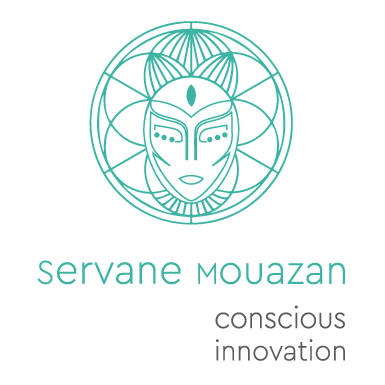
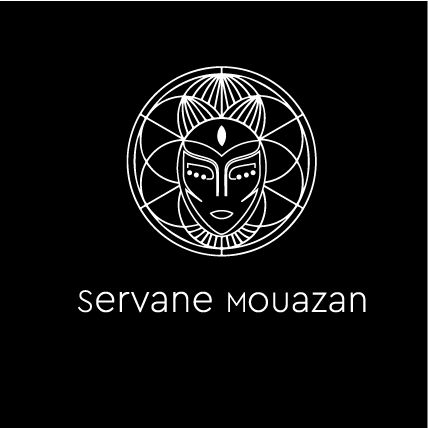
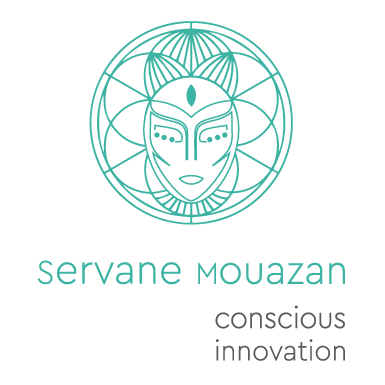
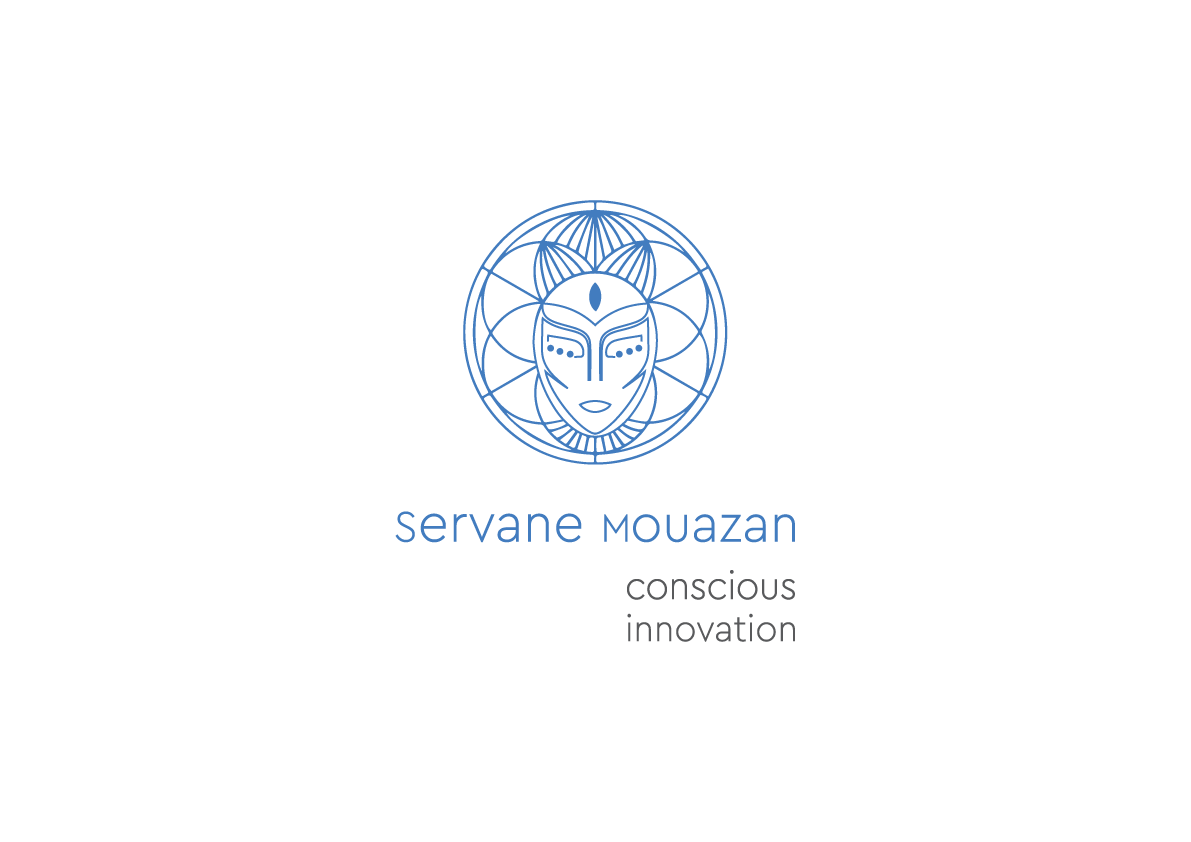
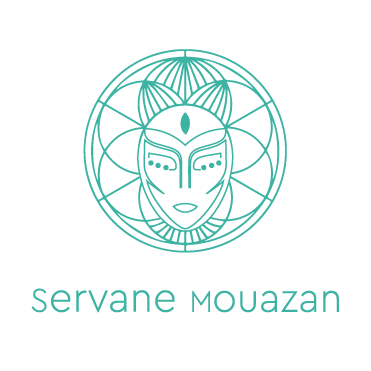
You must be logged in to post a comment.